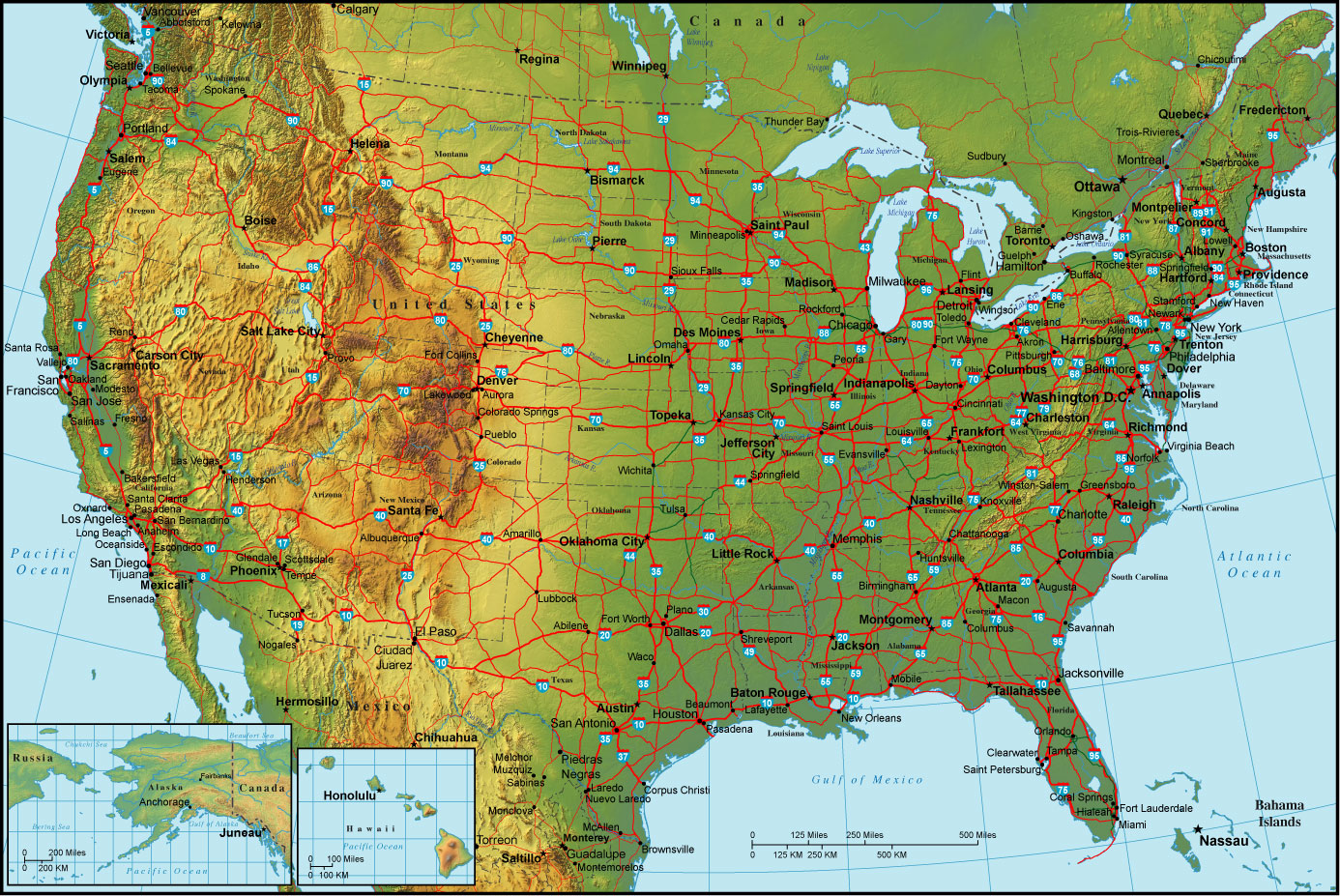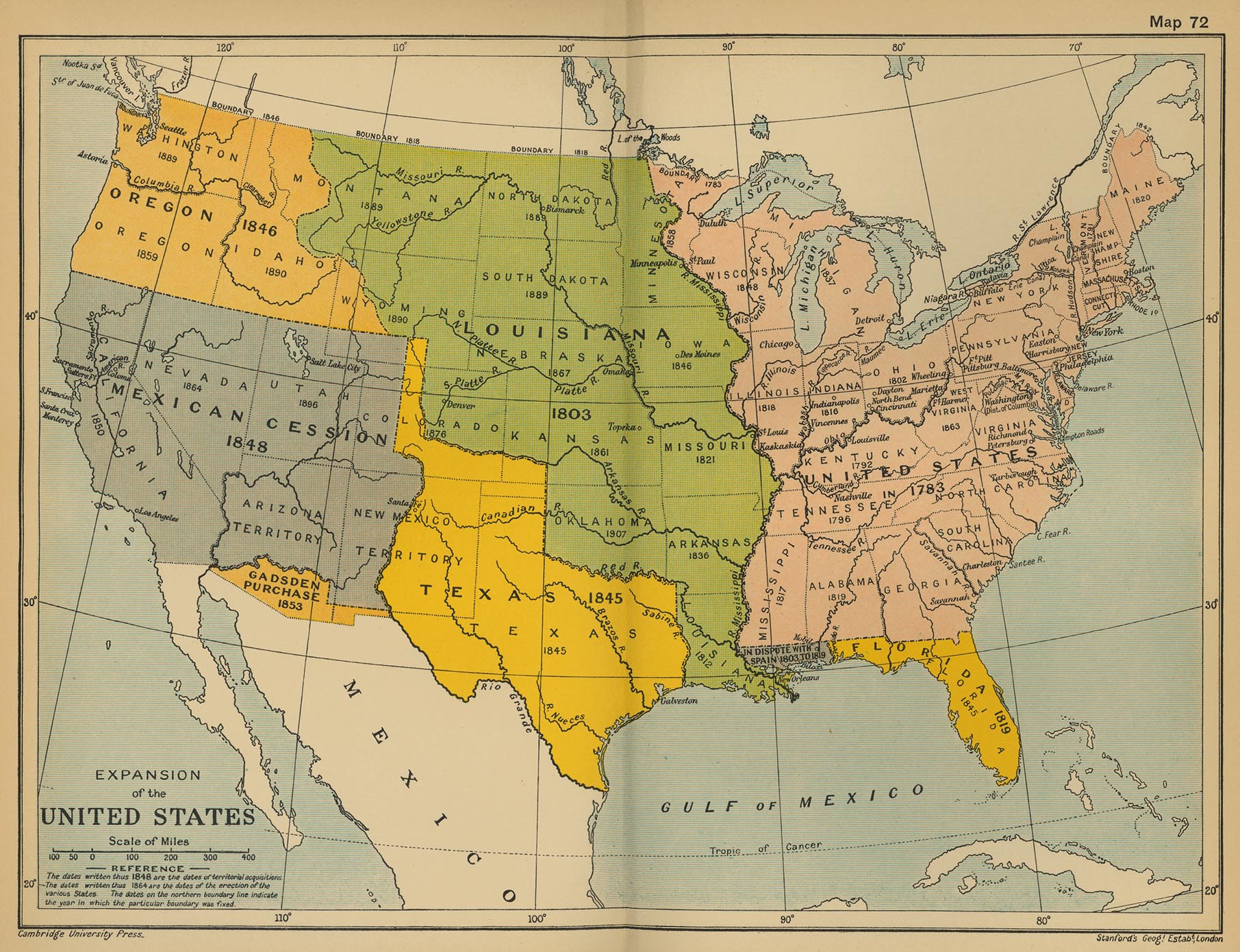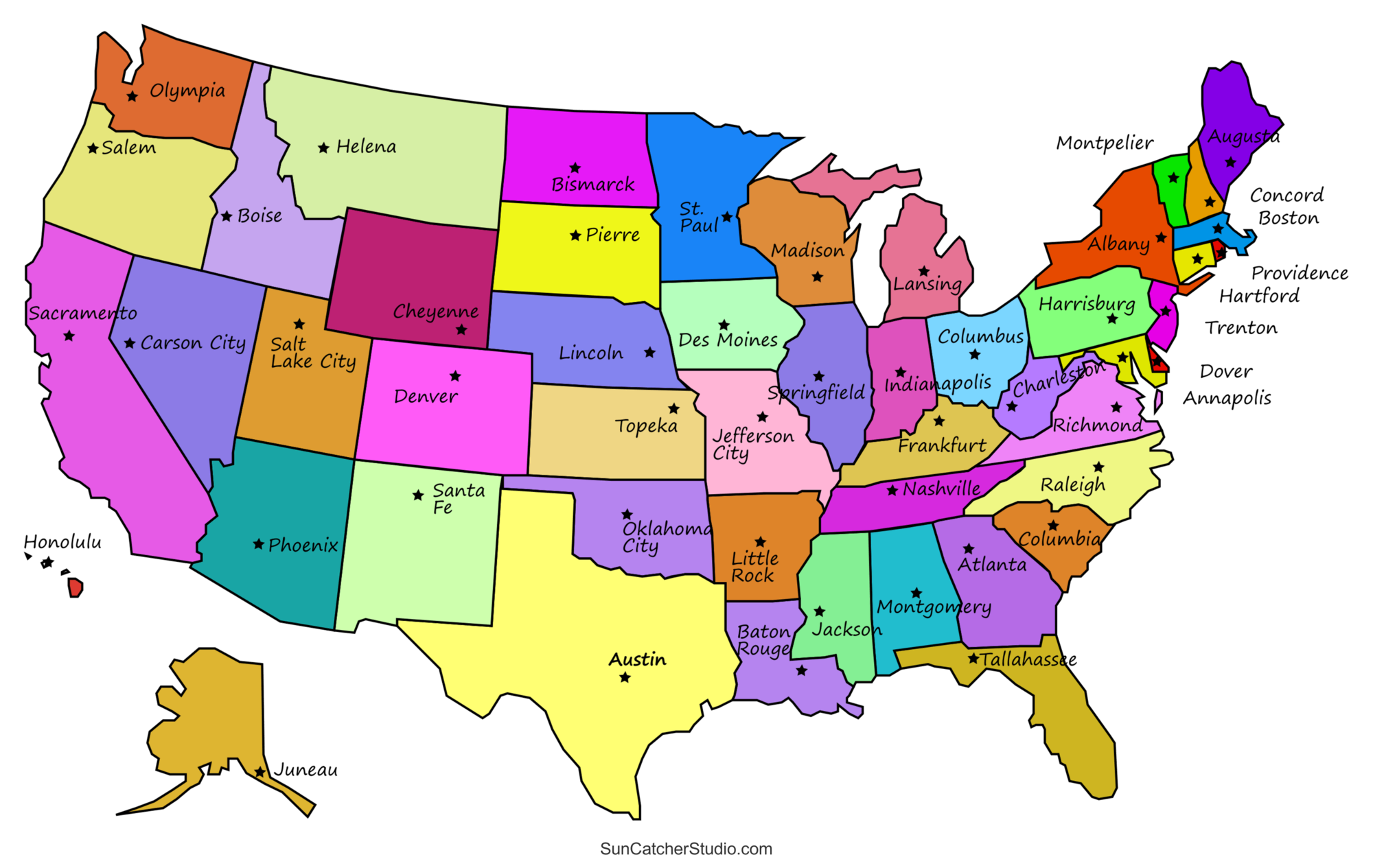When you think of the United States, what images and ideas come to mind? The United States is not just a country but a global beacon symbolizing freedom, innovation, and diversity. With its storied history and dynamic economy, the United States has established itself as a unique and influential force on the world stage. This article invites you to embark on an in-depth exploration of the United States, diving into its culture, history, geography, economy, and much more.
The United States is a land of contrasts, offering a rich tapestry of experiences that range from the bustling energy of urban hubs like New York City and Los Angeles to the breathtaking tranquility of natural wonders such as the Grand Canyon and Yellowstone National Park. As a melting pot of cultures and traditions, the United States stands out as one of the most diverse nations in the world, welcoming individuals from every corner of the globe and fostering an environment of inclusivity and innovation.
As we delve deeper into this article, you will uncover fascinating insights about the United States that may surprise and inspire you. Whether you are passionate about history, intrigued by cultural dynamics, or fascinated by economic trends, there is something here to captivate everyone. Let us embark on this journey together!
Read also:Tommy Cook A Star Shining Bright In The World Of Acting
Table of Contents
- Exploring the Geography of the United States
- A Journey Through U.S. History
- The Vibrant Culture of the United States
- Understanding the U.S. Economy
- The Political Landscape of the United States
- The U.S. Education System
- Navigating the U.S. Healthcare System
- Top Tourist Destinations in the United States
- Technology and Innovation in the United States
- The Future of the United States
Exploring the Geography of the United States
Stretching across a vast expanse of North America, the United States covers approximately 9.8 million square kilometers, bordered by Canada to the north, Mexico to the south, the Atlantic Ocean to the east, and the Pacific Ocean to the west. Divided into 50 states, each with its own distinct geography and climate, the country offers a diverse array of landscapes that contribute to its natural beauty and ecological diversity.
Distinct Regions of the United States
The United States can be categorized into several distinct regions, each characterized by its unique features:
- Northeast: Renowned for its vibrant cities, rich history, and cultural landmarks, the Northeast serves as a hub for innovation and tradition.
- Midwest: Often referred to as the "heartland," this region is celebrated for its agricultural prowess and bustling industrial centers.
- South: Famous for its deep-rooted cultural heritage, Southern hospitality, and vibrant music scenes, the South offers a unique blend of tradition and modernity.
- West: Home to iconic landmarks such as the Grand Canyon, the Hollywood Hills, and the Sierra Nevada mountains, the West is synonymous with adventure and exploration.
According to the U.S. Census Bureau, the United States boasts an incredible diversity of landscapes, ranging from the towering snow-capped peaks of the Rocky Mountains to the sun-kissed beaches of Florida, making it a paradise for nature enthusiasts and adventurers alike.
A Journey Through U.S. History
The history of the United States is a captivating narrative of exploration, revolution, and progress. From the arrival of the first settlers to the monumental Declaration of Independence in 1776, the United States has undergone transformative changes that have shaped its identity and legacy.
Key Events in U.S. History
Here are some pivotal moments that have defined the history of the United States:
- 1776: The Declaration of Independence marked the birth of a new nation, breaking free from British colonial rule.
- 1861-1865: The Civil War, a defining conflict in U.S. history, culminated in the abolition of slavery and reshaped the nation's social fabric.
- 1929: The onset of the Great Depression brought widespread economic hardship, prompting significant reforms and policies to stabilize the economy.
- 1941-1945: World War II saw the United States emerge as a global superpower, playing a crucial role in shaping the post-war international order.
Historians like Doris Kearns Goodwin have meticulously documented the rich and complex history of the United States, offering invaluable perspectives and insights into its evolution.
Read also:Comprehensive Guide To Arrivals At Jfk Terminal 4
The Vibrant Culture of the United States
The culture of the United States is a vibrant mosaic of traditions, languages, and customs, reflecting the diversity of its population, which includes individuals from every corner of the globe. This cultural richness is a defining characteristic of the nation, fostering creativity and innovation across various domains.
Iconic Cultural Symbols
Some of the most enduring cultural symbols of the United States include:
- Hollywood: The global epicenter of the film industry, Hollywood has captivated audiences worldwide with its cinematic masterpieces.
- Baseball: Often referred to as the "national pastime," baseball holds a special place in the hearts of Americans, symbolizing tradition and community.
- Music: From the soulful rhythms of jazz to the energetic beats of hip-hop, the United States has made significant contributions to the global music scene, influencing countless artists and genres.
A report by the Pew Research Center highlights the cultural diversity of the United States, emphasizing its role as a melting pot of traditions and a hub for cultural exchange.
Understanding the U.S. Economy
The United States boasts one of the largest and most diverse economies in the world, driven by industries such as technology, finance, and healthcare, which contribute significantly to global economic growth and innovation. The resilience and adaptability of the U.S. economy have enabled it to remain a dominant force on the global stage.
Key Economic Sectors
The major sectors of the U.S. economy include:
- Technology: Silicon Valley, the epicenter of technological innovation, is home to some of the world's leading tech companies, shaping the future of industries worldwide.
- Finance: Wall Street in New York City serves as the financial capital of the world, influencing global markets and economic policies.
- Healthcare: The U.S. healthcare system is renowned for its cutting-edge treatments and technologies, offering patients access to some of the most advanced medical care available.
Data from the World Bank indicates that the United States has a GDP exceeding $23 trillion, solidifying its position as a dominant force in the global economy and a beacon of economic opportunity.
The Political Landscape of the United States
The political system of the United States is rooted in a federal structure, with power divided between the federal government and individual states. Operating under a democratic framework, the country holds regular elections to ensure the voices of its citizens are heard and represented in governance.
Branches of Government
The U.S. government is structured into three branches, each with distinct responsibilities:
- Executive: Led by the President, the executive branch is responsible for enforcing laws and implementing policies.
- Legislative: The Congress, comprising the House of Representatives and the Senate, is tasked with creating and passing legislation.
- Judicial: The Supreme Court serves as the highest judicial authority, interpreting laws and ensuring their alignment with the Constitution.
The Library of Congress provides comprehensive resources and information on the political system of the United States, offering valuable insights into its functioning and evolution.
The U.S. Education System
The education system in the United States is recognized as one of the most advanced in the world, offering a wide array of opportunities for students at all levels. From primary schools to world-renowned universities, the U.S. education system is celebrated for its commitment to quality, innovation, and accessibility.
Higher Education in the United States
Some of the most prestigious universities in the United States include:
- Harvard University: Known for its rigorous academic programs and esteemed faculty, Harvard stands as a symbol of academic excellence.
- Stanford University: A hub for technological innovation, Stanford fosters groundbreaking research and entrepreneurial spirit.
- MIT: Renowned for its engineering and science programs, MIT is at the forefront of scientific discovery and technological advancement.
According to the National Center for Education Statistics, the United States is home to over 4,000 institutions of higher education, making it a popular destination for students from around the world seeking world-class education and opportunities.
Navigating the U.S. Healthcare System
The healthcare system in the United States is one of the most advanced in the world, offering cutting-edge treatments and technologies. However, it also faces challenges such as high costs and accessibility issues, prompting ongoing discussions and reforms to improve its effectiveness and inclusivity.
Challenges in Healthcare
Some of the key challenges facing the U.S. healthcare system include:
- Cost: Healthcare costs in the United States are among the highest in the world, posing financial burdens for many individuals and families.
- Access: Ensuring equitable access to healthcare services remains a pressing concern, with disparities affecting certain communities and populations.
- Insurance: The complexity of insurance policies and systems can be overwhelming for many, hindering their ability to navigate the healthcare landscape effectively.
The Centers for Disease Control and Prevention (CDC) provides valuable resources and information on healthcare in the United States, empowering individuals to make informed decisions and navigate the system with greater ease.
Top Tourist Destinations in the United States
The United States is a premier tourist destination, attracting millions of visitors annually with its iconic landmarks, natural wonders, and vibrant cities. From bustling urban centers to serene natural reserves, the country offers a diverse array of experiences that cater to every interest and preference.
Popular Tourist Destinations
Some of the most beloved tourist destinations in the United States include:
- Times Square, New York: Known as the "Crossroads of the World," Times Square is a vibrant hub of entertainment, culture, and commerce.
- Yellowstone National Park: As the first national park in the world, Yellowstone offers breathtaking landscapes, unique geothermal features, and abundant wildlife.
- Disney World, Florida: A magical destination for families, Disney World provides endless entertainment and enchantment through its themed parks and attractions.
Data from the U.S. Travel Association reveals that tourism plays a crucial role in the U.S. economy, generating billions in revenue annually and supporting numerous jobs and industries.
Technology and Innovation in the United States
The United States is a global leader in technological innovation, driving advancements in fields such as artificial intelligence, renewable energy, and space exploration. Its commitment to research and development has positioned it at the forefront of scientific discovery and technological progress.
Leading Tech Companies
Some of the most influential tech companies in the United States include:
- Apple: Renowned for its innovative consumer electronics and cutting-edge design, Apple continues to set industry standards and redefine user experiences.
- Google: A leader in search engines and online advertising, Google has revolutionized the way people access information and interact with digital content.
- SpaceX: Spearheading advancements in space travel and exploration, SpaceX is reshaping the future of space technology and paving the way for interplanetary exploration.
Forbes magazine regularly highlights the latest advancements in technology, showcasing the groundbreaking contributions of U.S.-based companies and their impact on global industries and societies.
The Future of the United States
As we look ahead, the United States faces a myriad of opportunities and challenges in an increasingly interconnected world. Navigating these dynamics while maintaining its leadership role


